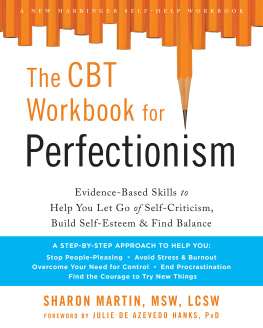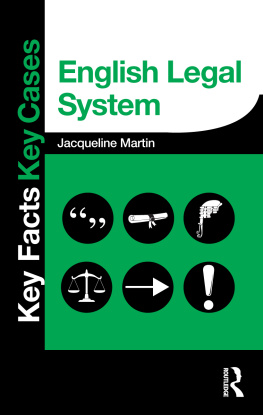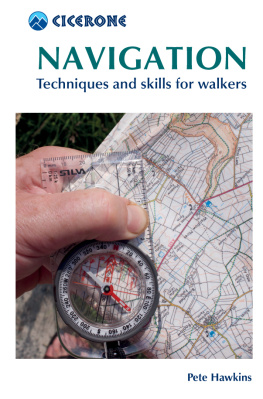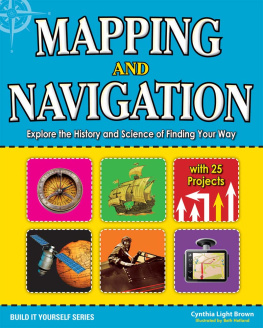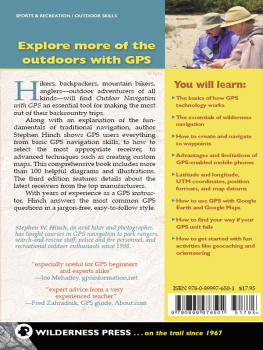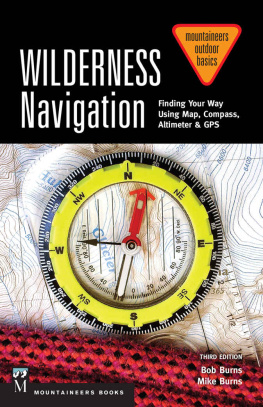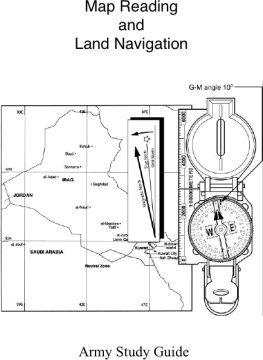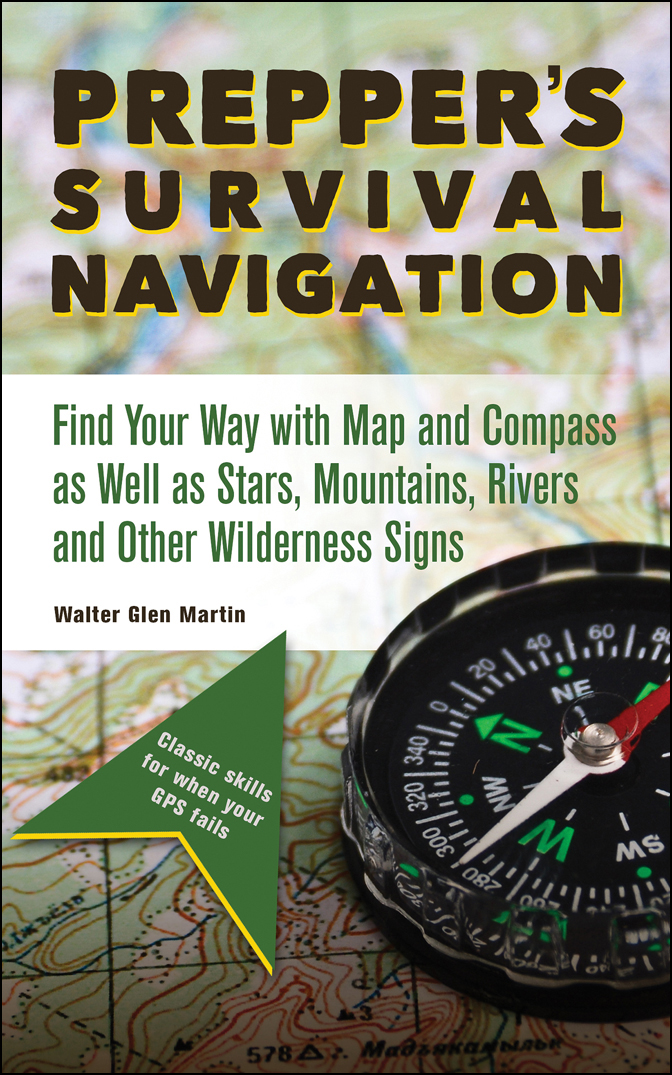
Text copyright 2017 Walter Glen Martin. Design and concept copyright 2017 Ulysses Press and its licensors. All rights reserved. Any unauthorized duplication in whole or in part or dissemination of this edition by any means (including but not limited to photocopying, electronic devices, digital versions, and the Internet) will be prosecuted to the fullest extent of the law.
Published in the U.S. by
ULYSSES PRESS
P.O. Box 3440
Berkeley, CA 94703
www.ulyssespress.com
ISBN: 978-1-61243-704-0
10 9 8 7 6 5 4 3 2 1
Acquisitions editor: Casie Vogel
Managing editor: Claire Chun
Project editor: Shayna Keyles
Proofreader: Renee Rutledge
Index: Sayre Van Young
Layout: Jake Flaherty
Front cover and interior design: what!design @ whatweb.com
Cover artwork: Sergei Drozd/shutterstock.com
Interior artwork: page 15 BlueRingMedia/shutterstock.com; page 18 satoja satuja/shutterstock.com; page 23 Wellford Tiller/shutterstock.com
Distributed by Publishers Group West
NOTE TO READERS: This book is independently authored and published and no sponsorship or endorsement of this book by, and no affiliation with, any trademarked brands or other products mentioned within is claimed or suggested. All trademarks that appear in this book belong to their respective owners and are used here for informational purposes only. The author and publisher encourage readers to patronize the quality brands mentioned in this book.
To Jean,
my other North Star, for showing me the way.
Table of Contents
Guide
Contents
Preppers, survivalists, and many others know that preparing for disruptive possibilities gives peace of mind and can ensure safety and well-being. We each have our reasons to prepare. We talk about disasters, non-natural and natural; the economy, and a collapse; evacuations; bugging in, and bugging out. The list can be long, but always near the top is that possibility of not being home when disaster strikes. You may be unable to return home, or you may even be forced to leave your home. What would you do? Where would you go? Are you one of those that will bug out and just head for the mountains? Maybe you have that second home in the wilderness or a hunting buddy with a cabin in the woods. How will you find your way?
Putting all the doom and gloom aside for just a moment, I ask, are you an adventurer? Do you enjoy a weekend camping trip with the family? Maybe you love to fish and hunt those areas that other people seldom visit. Whatever the reason that finds you in the wilderness, whether its a frightening scenario or a weekend outing with family, you should know how to get around in areas youre not familiar with and what youll do when you find yourself lost.
Have you ever wondered what goes through the mind of another person or group of people who gets lost in the wilderness? If something like this has ever happened to you, then like me, you know that the worry can soon turn to fear, with panic being just a short step away. Never believe for a moment that you are immune to getting lost in an unfamiliar area. It happens all the time, even to the most experienced in outdoor activities. Whether its a hunting excursion, a weekend camping trip, or a day picking huckleberries, circumstances can change due to an infinite number of reasons, and youll be left wondering, where am I, and how do I get home?
When life is running smoothly and all seems well, we tend to become complacent. This is our nature. It always seems to be during these times of ease that disaster strikes, in one form or another. Disaster will almost certainly find us off guard. Are you prepared?
This book will provide you with a simple understanding of land navigation. You will find explanations of easy-to-use tools, methods, techniques, and ideas that will give you the ability to understand where you are, where you want to go, and how to find your way. You may say, I have it covered. I have my cell phone and GPS device. A moment of thought will tell you that there are numerous reasons you may find yourself without use of electronic devices: damage, dead batteries, or you may simply not have these tools on hand when you need them.
It will require a little patience and practice to fully understand and confidently use many of the techniques and tools explained in this book. Keep this book with you for reference when you go on that family outing, spend a day at the park, or even explore in your own backyard. You can practice anywhere, at any time.
As a young boy, I was raised on a dude ranch in a very secluded part of eastern Oregon, near the base of the Strawberry Mountain Wilderness Area. During the off-season, friends were as few and far between as the homes. Like any other kid growing up in the country, I had my chores around the house, like cleaning my room, milking cows, and tending to the animals. I also had school and homework assignments, which thrilled me less than mucking out the pigpens.
Fortunately, I also had spare time on weekends, holidays, and during summer vacations. During this time, you wouldnt find me at home, but hunting, fishing, or simply exploring somewhere in the wilderness nearby.
The J Bar L guest ranch was our home. My dad had purchased the dude ranch to ward off unwanted mischief, which my older brothers could not seem to avoid when we lived in the city. The ranch came with 12 small one- and two-room log cabins that could be rented out and were equipped much like motel rooms but included small fireplaces and stacks of wood. We had a game room with two pool tables, a Ping-Pong table, and an old-fashioned jukebox loaded with country music. The ranch had a lodge where family-style meals were prepared three times a day for all the guests. You ate what you were served, when it was served, or you waited until the next meal. It was a modest vacation spot for families who wanted to spend a week or two experiencing cowboy living.
There was also a large bunkhouse next to the swimming pool where groups of troubled kids from a special school in Portland would stay, giving them a chance to turn themselves around before entering juvenile custody or jail. The kids in these groups were given chores much like those my brothers and I had to do, like stocking the cabins with firewood, taking care of the horses, and keeping the bunkhouse clean. We were rewarded for our efforts with trail rides in the mountains and contests in the horse arena, including barrel racing and other activities. We also had access to swimming areas, hiking trails, ice-skating, and hayrides. There was a long list of things to do and adventures to take. It never occurred to me at the time that we were being taught how to work together and how to play safely and responsibly, all while discovering what it meant to be self-reliant and independent. We had a lot of fun.
I received my first compass when I was 12 years old. My dad always told me I had a case of the itchy footI always wanted to be on a journey. He also told me that once I learned how to use the compass, we would both find my countless trips into the woods much easier to deal with. During slow times, when we were waiting for new arrivals of kids or guests to the ranch, I practiced with my compass in the nearby wilderness. Taking a pencil, paper, and my compass with me on these trips, I began to make my own maps by walking off and noting distances and directions to caves, lakes, and other things that interested me. I never had a store-bought map back then, but I would have argued the maps I made were better.


